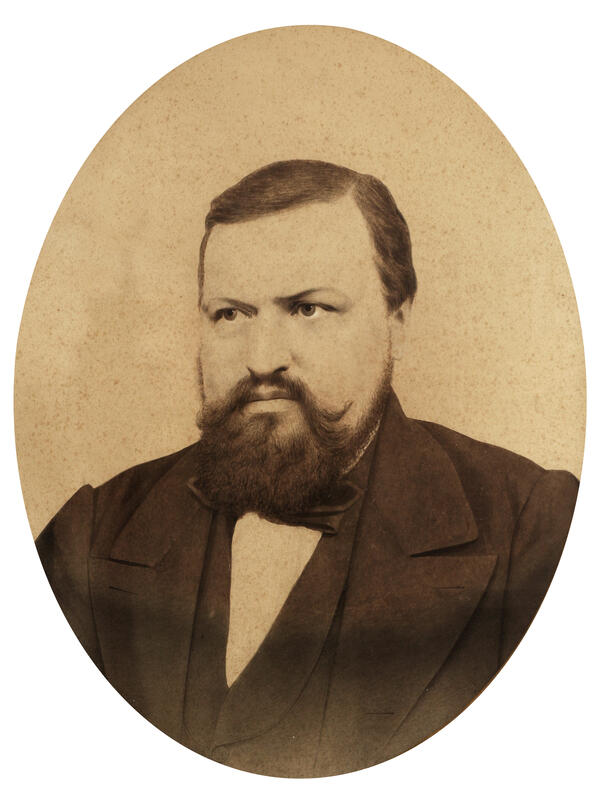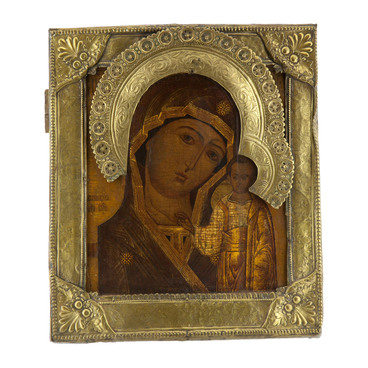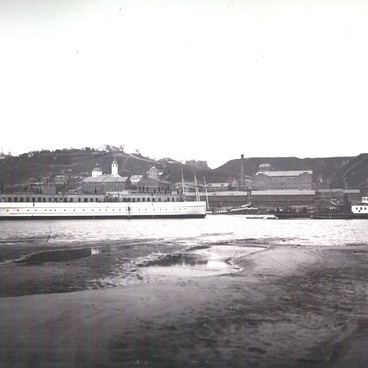Semyon Ivanovich Semyonychev was born on July 12, 1864 in the village Gruzdevo of Gorokhovets sheading in a peasant family. In his youth he worked as a shepherd. At the age of 19 he married Maria Andreevna Samuilova, a peasant woman from the village Omlevo. Soon the young family left for Baku, where Semyon Ivanovich, together with his brothers and father Ivan Antonovich, worked as a boiler maker, having his own small boiler factory there. After the death of his father in 1899 Semyon Ivanovich returned to Gorokhovets and organized in 1891–1892 his own production facilities, which were located on the left bank of the Klyazma River, not far from the village Znamenka. A little later Semyonychev expanded his production and organized it on the right bank of the river, on the skirts of the town. Semyon Ivanovich was engaged in various commercial activities. For example, he acted as a contractor for the supply of firewood for the Gorokhovets municipality and the town council. In 1910 he owned a meat warehouse on Blagoveschenskaya Street and requested permission to build a brick factory in the industrial zone. He was actively involved in charity. One of the sons of Semyon Ivanovich, Konstantin, was a participant of the First World War, and he died at the front in January 1917. And one of his daughters, Anastasia, married the son of the Gorokhovets industrialist Mikhail Ivanovich Shorin. According to the legend, after 1918 Semyon Ivanovich Semyonychev was supposed to be arrested as a representative of the bourgeois class, but on the night of his arrest he went on the run and his further fate is little known. The mention of him was found in the registers of Tikhoretskaya station in the Kuban: in 1919-1920 he was among the participants of the White movement – the army of Denikin. The house of Semyon Ivanovich Semyonychev has been preserved in the town. The house built at the beginning of the 20th century has the art forms of the ‘Russian style’ and represents the entire estate. After 1917–1918 the City Public Bank occupied the first floor of the house; the second floor was residential. Semyonychev also owned the residential wooden houses on Blagoveschenskaya (Lenin) street and Sretenskaya (Lunacharsky) street.
Semyonychev Semyon Ivanovich
Creation period
The early 20th century
Dimensions
64x54 cm
Technique
The photographic paper
Exhibition
0
Open in app#1
Semyon Ivanovich Semyonychev
#2
#3
Gorokhovets History and Architecture Museum
read morehide
Semyonychev Semyon Ivanovich
Creation period
The early 20th century
Dimensions
64x54 cm
Technique
The photographic paper
Exhibition
0
Open in app
Share



